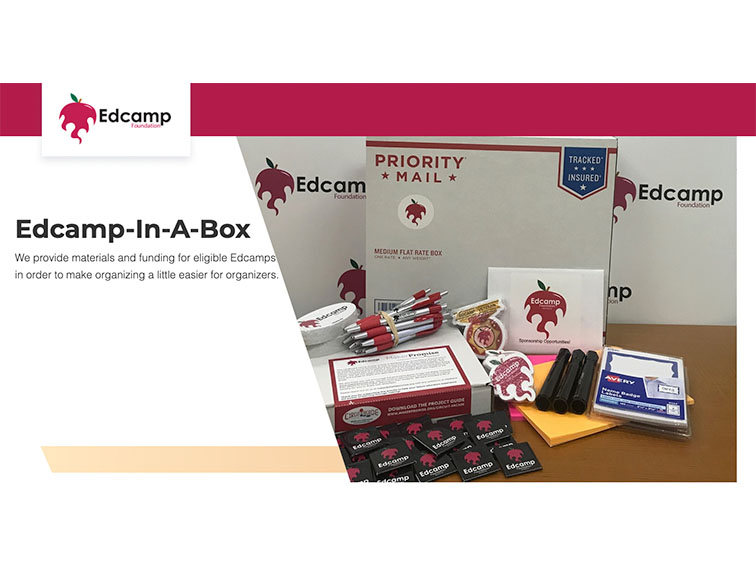Interactive Email Experiences Powered by Cutting-Edge Builders
When you open an email you probably expect some inert text and possibly some images.
The interactive mails are not such. They contain items that enable the readers to act without walking out of the inbox. These elements, including image carousels, product cards, can be clicked on, drop-down menus, and embedded polls create an environment similar to the Web within email programs.
Even more sophisticated campaigns include accordions to extend content, in-line integrated forms to gather feedback, or gamified elements including Scratch cards. It is not only about the appearance but the possible engagement increases.
Interactive mode prevents the friction of clicking to another page, maintaining engagement levels high, raising click-throughs and building brand-customer bonds.
Email Builders That Support Interactive Design
Not every email builder is designed to handle interactive elements properly. The traditional systems restrict users to work with the predefined templates, and sophisticated campaigns can hardly be conducted without complicated coding.
However, modern email builder now include drag-and-drop components specifically for interactivity. Stripo, BeeFree and Chamaileon have pre-built accordions, quiz and forms that are compatible with AMP.
Such constructors even at times allow groups to see preview of the email as it is different clients render it which is important as not all clients have the same capabilities.
Examples of such are the Gmail and mail in Yahoo that support interactivity of AMP, in other cases like Outlook, the codes are eliminated in respect to the advanced coding.
This builder does not only streamline the process of development of captivating experiences, but it will also introduce compatibility, which will reduce the number of technical risks that the marketers can go through when working on the production of engaging experiences.
Use Cases Where Interactive Emails Add Real Value
The design that is interactive is not only aesthetically pleasing to the site but is also aimed directly at addressing the needs of the business and the pattern of the user.
These features can be used effectively to turn emails into something more than newsletters. Here are some of the areas in which interactive emails come good:
Retail and eCommerce
- The carousels displayed in the products allow customers to swipe through collections without them having to leave the inbox.
- Shopping cart options, or a wishlist can be integrated into the email without an additional click.
Event Management
- RSVP forms can be embedded on the site so that users can confirm their attendance in a few seconds.
- Drag-and-drop calendars allow attendants to save the event details by a single cliche. Publishing and media
Publishing and Media
- Polls and quizzes help the readers stay active and come back.
- Enlarging content blocks enable the users to discover stories depending on the interests.
The unifying factor in all these sectors is interactivity. Rather than introducing motion that is not necessary, brands can use interactive email to eliminate the aspects of friction amidst guiding decisions, and keeping people attentive.
Carefully planned and executed, the experiences result in demonstrable growth in clicks, conversion, and well-earned long-term loyalty
How Interactive Emails Impact Key Business Results
It is impossible to ignore the quantifiable effect of interactive emails. Brands that take advantage of them tend to experience increased engagement with click-to-open rates improving up to 73 percent compared to traditional static campaigns.
Why? When readers have the ability to stay in the inbox and complete tasks: By filling out a form, flipping through a product gallery, or voting in a poll, chances are much higher that they will take action.
The retailer also sees a reduced number of carts abandoned by the customer because he does not have to visit multiple pages. Longer reading times and the increased lever of loyalty by those readers who create polls or take quizzes are noticed by publishers and media outlets.
Even direct business-to-business firms can gain when leads can enroll in events or demo requests without dropping the email. In a few words, interactive design makes email an active communication means that can directly contribute to sales, retention and gaining trust of the brands.
Limitations and Challenges in Building Interactive Emails
Although the possibilities can be impressive, interactive emails have their problems. A weakness is the client support Gmail and Yahoo Mail support AMP interactivity very well, but Outlook strips advanced elements, so not all subscribers get to see the same experience.
Marketers should also take into consideration the fallback version so that static variants are shown well. The other barrier is development effort Even with the sophisticated email builder, there are times when advanced modules require HTML, CSS or AMP coding.
Testing of multiple devices and browsers is important and time-consuming because of different rendering. There is even the issue of accessibility because not every interactive feature is covered by a screen reader.
Lastly, analytics tracking might become complex; an embedded form might not be able to work perfectly with a CRM system unless additional settings are made.
These aspects should not be taken as indications that interactivity is not worthwhile it merely suggests that the need to plan carefully, adequately tool, and to balance creativity against technical viability should be taken seriously.
The Importance Of Testing
The easiest way to get into the interactive campaigns is to find an email builder that supports AMP and drag-and-drop interactivity. Start by determining the objectives of the business; whether you are trying to get more conversions, feedback, or reduce drop-offs.
Always test with the various clients to make sure that fallback versions are in order. It is also necessary to track more than opens and clicks to get the level of engagement, the conversion and revenue.
Interactive design is not about the implementation of flashy features, it is about creating emails that eliminate friction and that deliver value right here and now.
With the right tools backing purposeful creativity, you will design campaigns that stand out in clogged inboxes and achieve measurable results that business can count on.
